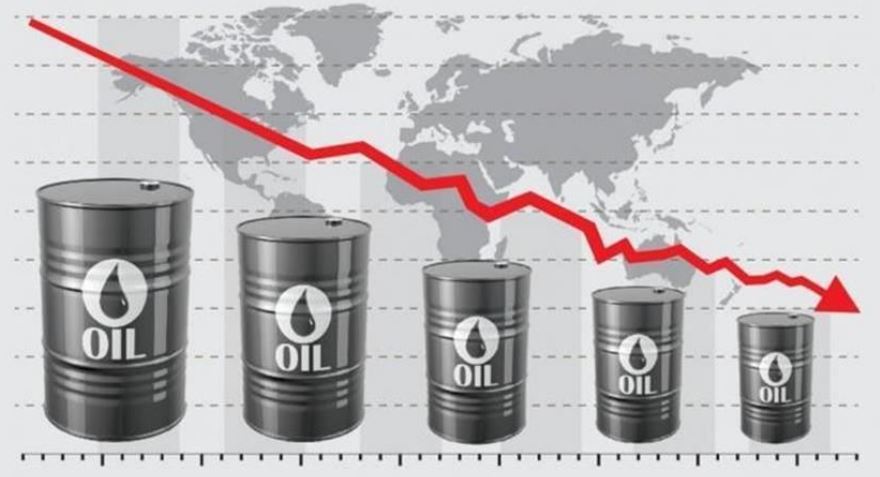The Effects of Low Oil Prices: A Comparative Analysis of Saudi Arabia and the UAE (2016)
This dissertation attempts to explore the effects of low oil prices on both Saudi Arabia and the UAE, in light of the recent 2014 decline in oil prices that continue to decline today. Most significantly, low prices seem to deteriorate fiscal positions, put pressures on fixed exchange rates, hinder growth and cause worry as to the sustainability of oil-exporting countries.
This dissertation uses a mixture of literature and secondary data to present its findings, drawing upon the fact that Saudi Arabia should be of a higher focus due to the lack of economic diversification and foreign exchange reserves that exist in the region. Finally, this dissertation serves as an overall insight into low oil prices, briefly looking at historical instances with a clearer focus on the recent crisis. This dissertation will primarily use a historical comparative method in evaluating and analysing the effects of low oil prices on Saudi Arabia and the UAE.
This comparative analysis will consist of a considerable amount of examination of secondary data, due to the proliferation of data that exists on oil prices with specific reference to both the macroeconomic and micro economic structures of Saudi Arabia and the UAE. It is noteworthy at this point is the dismal state of economic statistics in the GCC in general, a situation that has been repeatedly lamented by the International Monetary Fund, meaning that there has been a lot of theory on this subject area as opposed to concrete data that would portray the reality of the situation.
- 11,000 words – 40 pages in length
- Excellent use of literature
- Good analysis of subject area
- Well written throughout
- Ideal for international business students
1 – Introduction
2 – Methodology
3 – Literature Review
The Rentier State and the Politics of Oil
The Resource Curse Theory
4 – Analysis
Oil Prices
2014 Oil Price Decline
Fiscal Policies
Exchange Rates
Economic Diversification
Politics
Entrepreneurialism
5 – Final Comments and Conclusions
Bibliography

